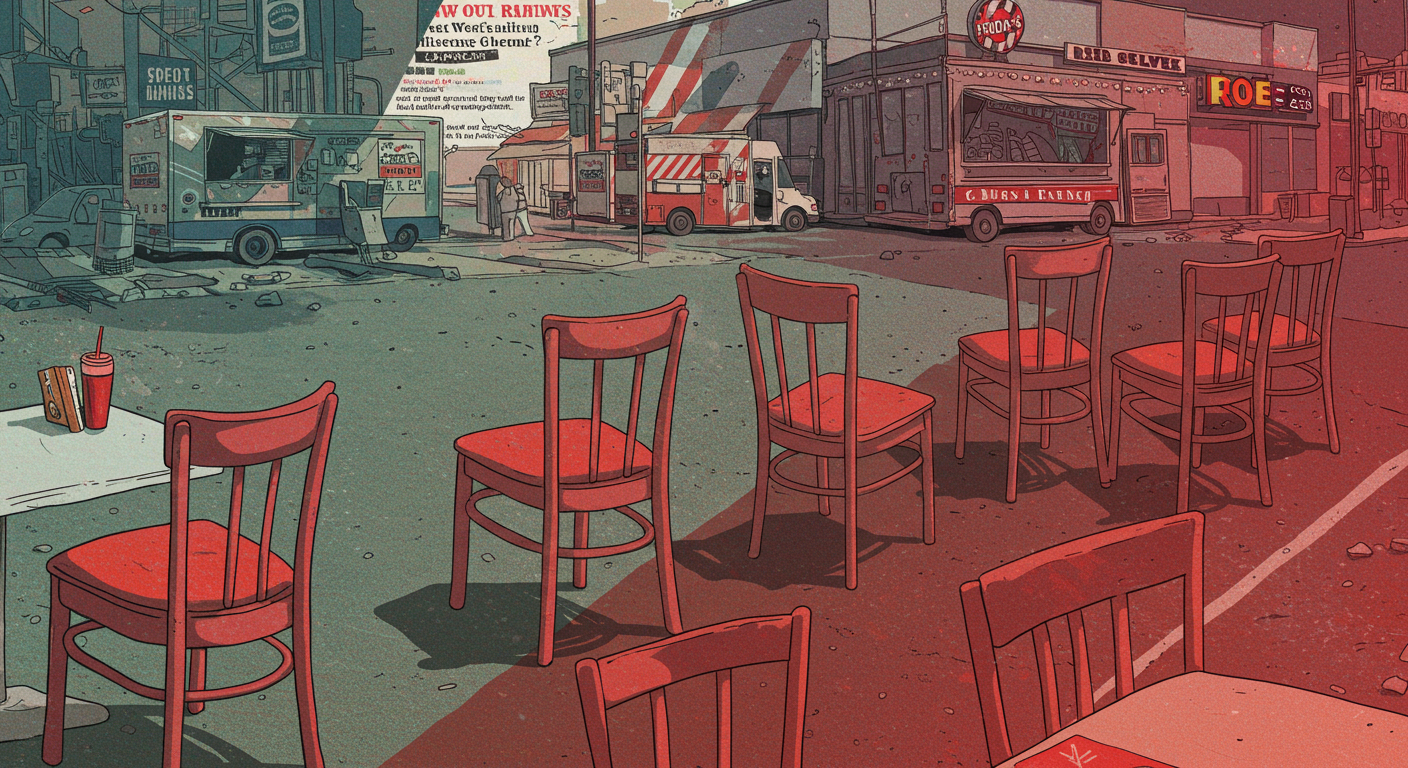Two of America’s most recognizable casual dining brands—Red Lobster TGI Fridays Closing—are making headlines, not for their cheddar biscuits or endless appetizers, but for the closure of dozens of locations across the U.S. Once staples of suburban dining and family outings, both chains are facing major challenges in a rapidly evolving restaurant landscape.
So, what’s behind the sudden wave of shutdowns? And what does it say about the future of casual dining in America? Here’s a closer look at the causes, implications, and what customers can expect next.
Red Lobster: From Seafood Favorite to Financial Struggles
Red Lobster, once the go-to spot for accessible seafood dining, has been struggling financially for years. In 2024, the company filed for Chapter 11 bankruptcy protection, citing unsustainable lease agreements, rising food costs, and a significant drop in foot traffic.
Key Reasons for Red Lobster Closures:
-
Overexpansion: The brand grew too quickly, locking into expensive long-term leases.
-
Changing Consumer Preferences: Diners now seek fresh, locally sourced, and fast-casual seafood alternatives.
-
Costly Promotions: The infamous “Endless Shrimp” deal in 2023 backfired, costing the company millions.
-
Operational Challenges: Staffing shortages and inflation have squeezed margins.
As part of its restructuring plan, Red Lobster announced the closure of over 90 underperforming locations across the U.S., with more expected. Some of these restaurants abruptly shut down overnight, catching employees and customers by surprise.
TGI Fridays: Fighting for Relevance in a New Dining Era
TGI Fridays, known for its bold appetizers, signature cocktails, and bar-style ambiance, is also scaling back. In early 2025, the chain confirmed that it would close more than 30 U.S. locations and focus on franchising and international markets.
What’s Driving the TGI Fridays Shutdowns?
-
Decline in Dine-In Culture: Post-pandemic, more consumers prefer delivery, takeout, or fast-casual dining.
-
Outdated Brand Image: While nostalgic, the brand hasn’t resonated with younger demographics in recent years.
-
Rising Operational Costs: Labor shortages and food price inflation have hit dine-in restaurants hard.
-
Increased Competition: Newer chains like Chili’s, BJ’s Brewhouse, and niche gastropubs offer similar experiences with modern appeal.
To stay afloat, TGI Fridays is pivoting to franchise-led growth, particularly overseas where the brand still carries strong appeal. In the U.S., however, it is consolidating operations and closing stores that no longer meet performance targets.
Casual Dining Crisis: A Broader Industry Shift
Red Lobster and TGI Fridays Closing aren’t alone. The casual dining sector as a whole is going through a significant transformation. Once a dominant force in American food culture, these chains are now grappling with a dramatic shift in how and where people eat.
Key Trends Affecting the Industry:
-
Rise of Fast-Casual Chains: Brands like Chipotle, Panera, and Sweetgreen offer speed, customization, and quality.
-
Changing Lifestyles: Younger generations prioritize convenience, digital ordering, and health-conscious options.
-
Remote Work: With fewer office workers going out for lunch or happy hour, foot traffic has dropped.
-
Third-Party Delivery: While helpful, platforms like Uber Eats and DoorDash cut into profit margins.
These trends are forcing legacy chains to rethink their business models, adapt their menus, and consider whether large-format, dine-in locations are still viable.
Employee Impact and Community Response
The closures have had an immediate impact on thousands of employees, many of whom received little to no warning before losing their jobs. Reports surfaced of Red Lobster employees showing up to find locked doors and closure signs overnight.
Red Lobster and TGI Fridays Closing, while giving slightly more notice, still left employees scrambling for answers and future employment.
Community Response:
-
Mixed Reactions: Some customers expressed sadness and nostalgia, especially those who grew up with these brands.
-
Frustration: Others criticized corporate mismanagement and a lack of transparency in the closing process.
-
Local Economies Affected: Malls and retail centers anchored by these restaurants are seeing reduced foot traffic and sales.
Local job markets may temporarily absorb some displaced workers, but the loss of long-standing employers in small to mid-sized towns leaves a noticeable gap.
What’s Next for Red Lobster and TGI Fridays?
Both brands are trying to reposition themselves for survival in a leaner, more digital-first restaurant economy.
Red Lobster’s Strategy:
-
Focus on core, high-performing locations
-
Reduce physical footprint to manage costs
-
Evaluate future of loyalty programs and menu redesign
-
Potential new ownership or investor restructuring
TGI Fridays’ Plan:
-
Expand through franchise partnerships, especially in Europe and Asia
-
Streamline U.S. operations with fewer, better-performing stores
-
Introduce updated menu options and modern décor
-
Continue offering bar-focused promotions and happy hour experiences
In short, both chains are not disappearing entirely, but are in survival and reinvention mode.
Conclusion: The End of an Era or a New Beginning?
The closures of Red Lobster and TGI Fridays Closing locations mark a turning point in American dining culture. These aren’t just business decisions—they signal the decline of the traditional sit-down casual dining model that dominated the 1990s and early 2000s.
While both brands are fighting to stay relevant, the message is clear: consumer behavior has changed, and restaurants must adapt or risk becoming a relic of the past.
For loyal fans, there’s still hope. But it’s clear the next time you crave cheddar biscuits or a loaded potato skin platter, you may have to look a little harder to find a location still open.
